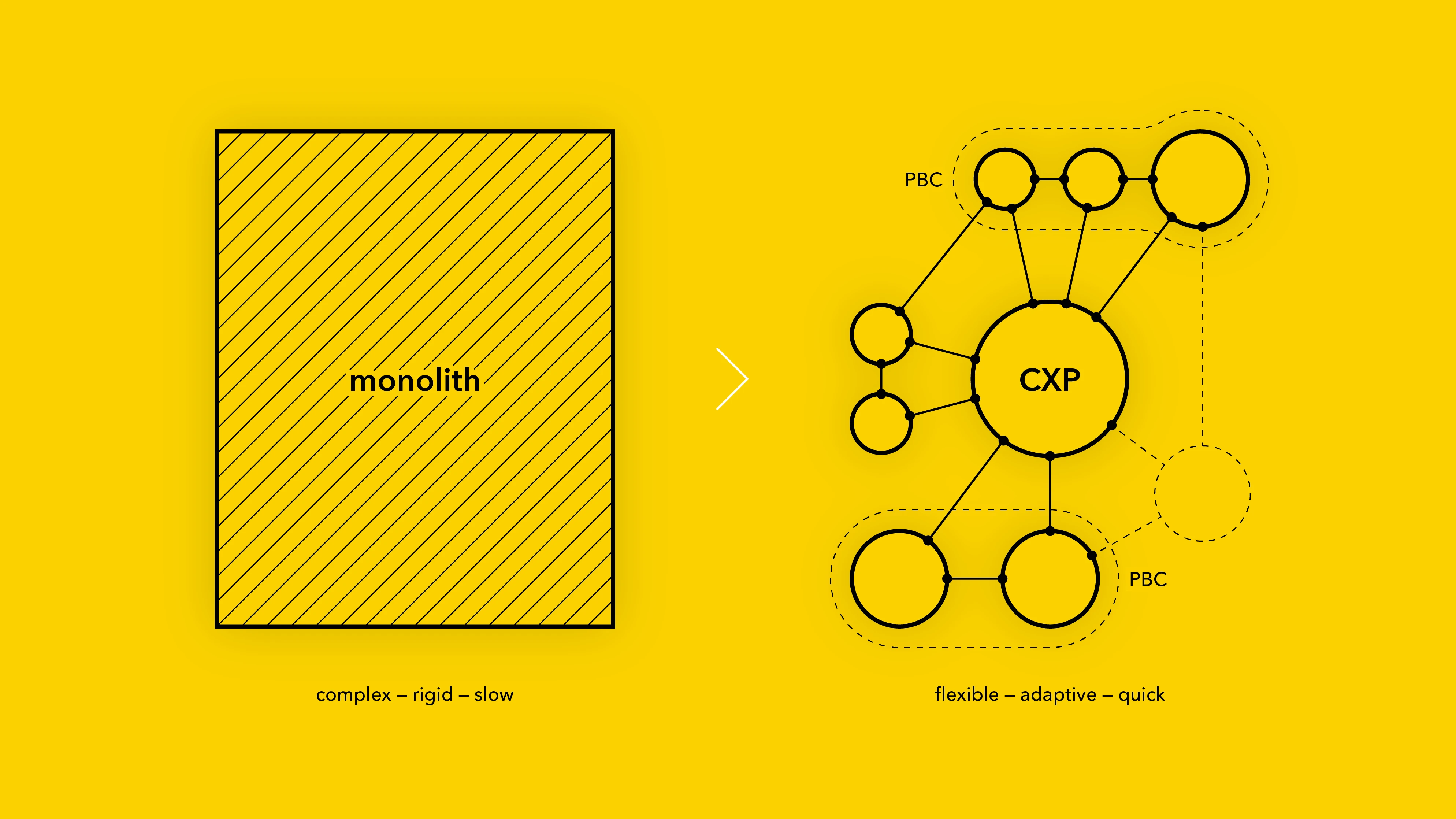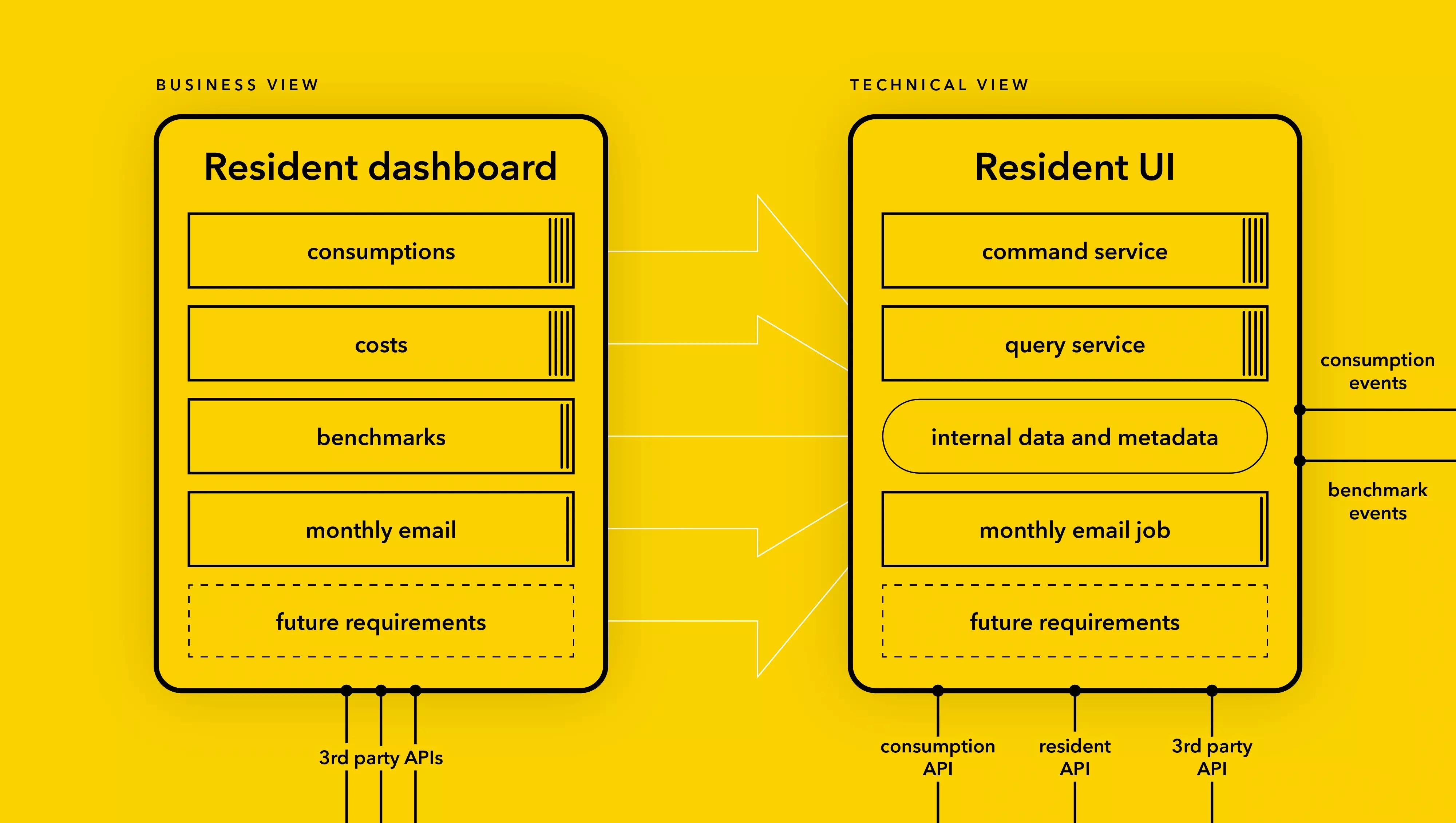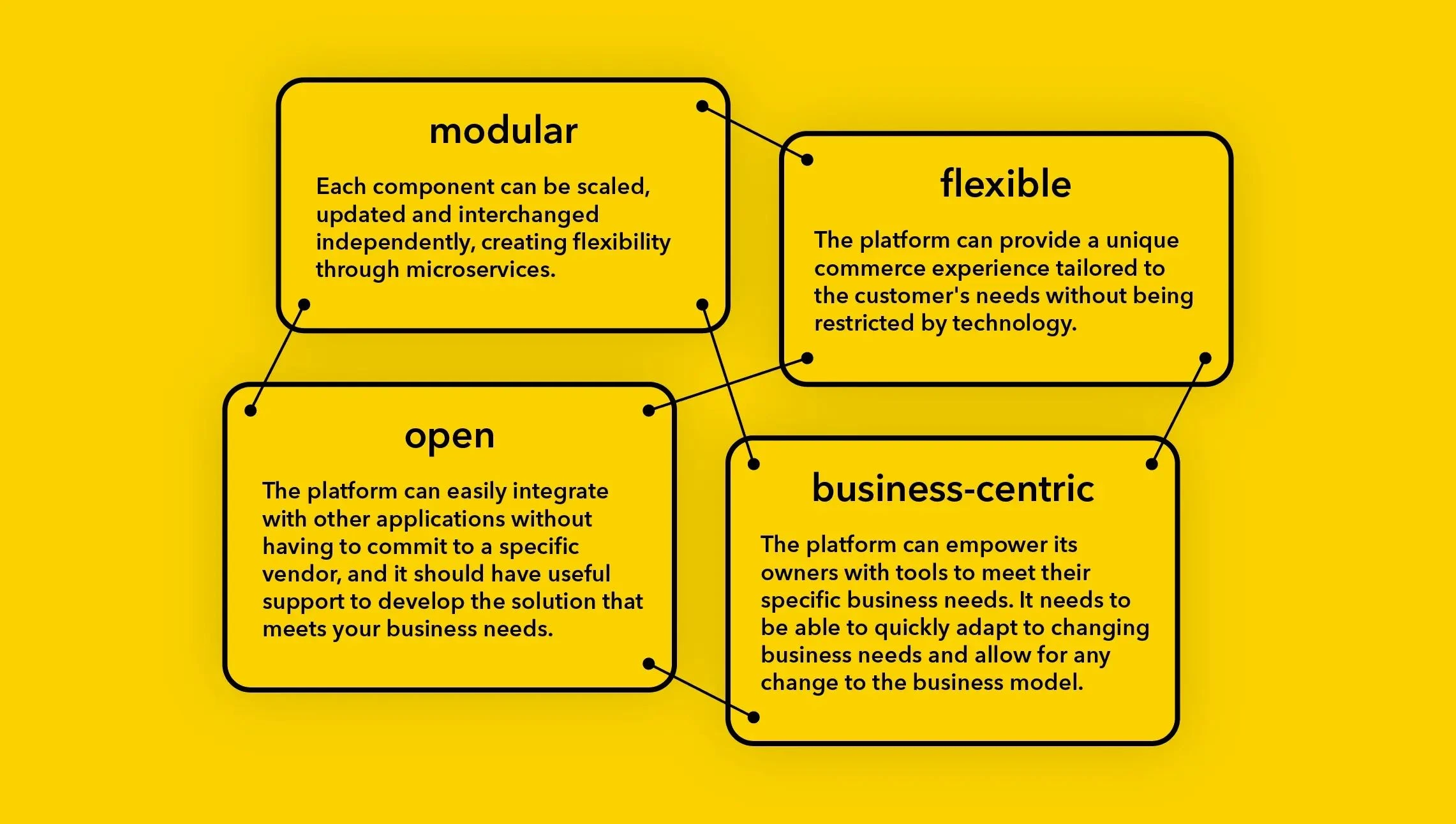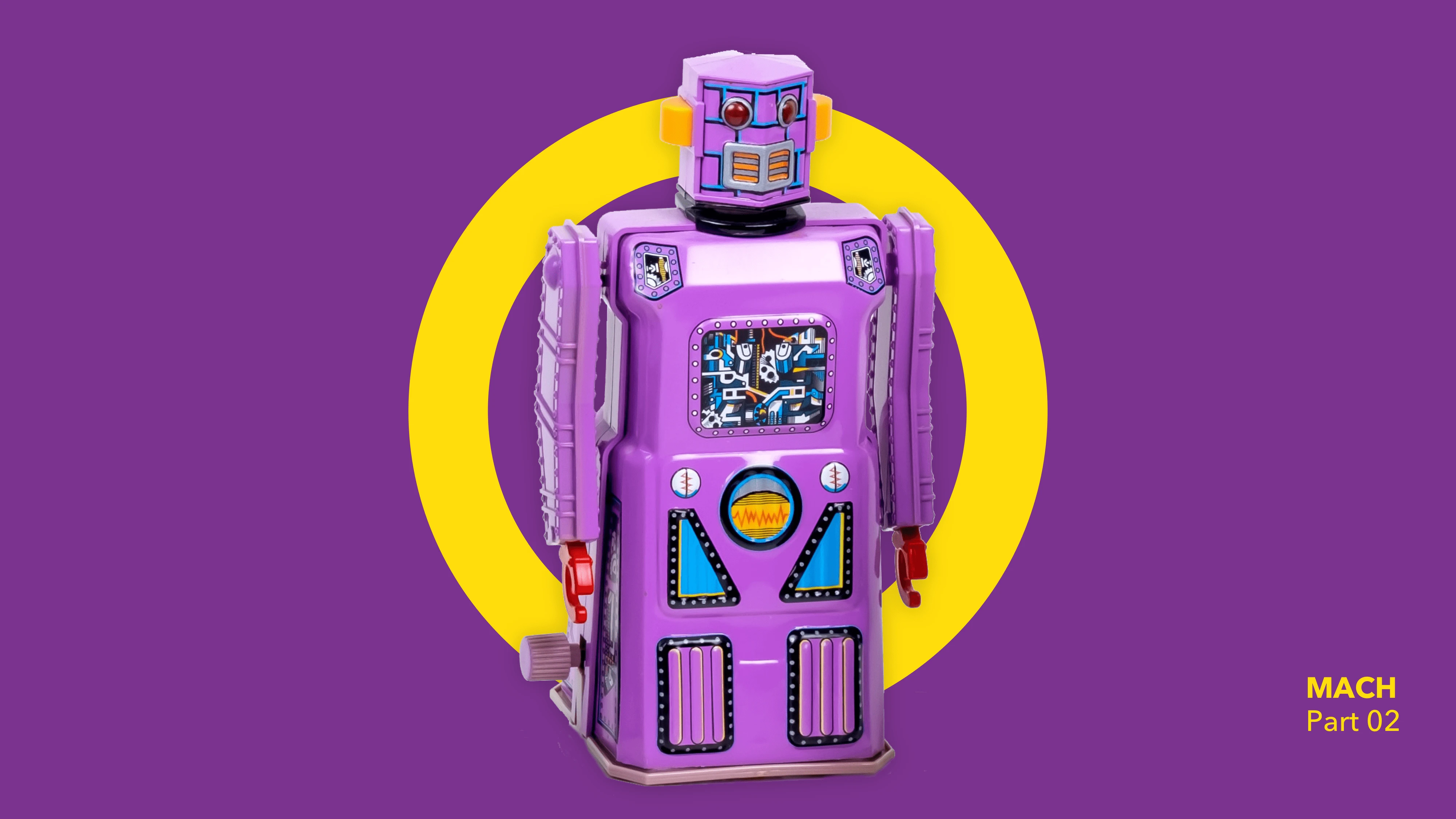
Composable Commerce: What is it, and is it the right fit for your business?
All-in-one commerce platforms were built to serve digital commerce models, but they're becoming cumbersome, restrictive, and expensive for brands needing flexibility and scale. It’s the era of composable commerce. Are you considering getting on the bandwagon?
What is Composable Commerce?
Composable commerce is the modular approach to digital commerce – by assembling or combining packaged business capabilities (PBCs). These packaged business capabilities are application building blocks – software – that have been developed or purchased. They are interchangeable and are used to create and adapt business operations to changes in business models or other external (or internal) factors. Composable commerce gives organisations the agility to evolve and grow and enables them to give their customers more unique and customised experiences.
In the B2B context, the composable commerce architecture approach enables the selection of best-of-breed solutions for each unique business need. Each packaged business capability runs its own process and has separate logic, scopes, databases, etc. Organisations can independently update and scale capabilities like search, catalogue, product pricing, inventory, shipping, delivery, customer account, promotions, cart, etc., on their platform. Composable commerce understands the business and abstracts the technology.
This utility submetering use case from one of our projects will provide an idea of what this looks like:
Top-Down Approach to Submetering Packaged Business Capability

The business defines the requirements in the submetering domain as packaged business capabilities based on real-world consumptions, costs, calculations, and other benchmarks. The composable architecture realises this business need.
Composable Commerce & Headless Commerce: What's the difference?
When e-commerce emerged, organisations operated two separate sales channels – in-store and online. When e-commerce started to become popular, organisations realised that their tech stacks were making them slow to respond to user expectations. To combat this, platform owners started separating back-end services from front-end experiences – accessing back-ends through APIs to make the platform more flexible. This decoupling of backend services from front-end experiences is called headless commerce.
As far as customer experience was concerned, headless commerce gave organisations much more flexibility. They could integrate a new CMS to update their content structures or extend the platform to mobile, making user journeys more memorable. But though digital experience kept evolving via headless, many e-commerce platforms still had back-end built on monoliths. Even with a headless architecture, platforms like these found it difficult to adapt to changing business models and use cases like subscriptions, same-day delivery etc.
With composable architectures, every component in the backend is independent. They are combined, updated and scaled to realise the business use cases. Organisations can tailor their back-end services to meet their specific business model.
How does composable commerce work?
Composable commerce architectures are the best way to break the monolith’s hold on a commerce platform. Every packaged business capability becomes an independent component that can scale to cater to specific needs and can be updated without affecting the entire platform.
Composable commerce has 4 fundamental principles:

MACH architectures – Microservices, API-first, Cloud-native, and Headless – mark the shift from rigid technology to modern composable platforms. Microservices enable platform owners to bring together the best-of-breed technology services. These services communicate via APIs to enable sophisticated business workflows and are hosted in and operated on the cloud. These systems are headless and not restricted to any CMS, front-end system or device type.
Let’s take a more detailed look at MACH:
- Microservices
Microservices are the building blocks of composable commerce. Microservices architectures have individual decentralised technology services that combine to create packaged business capabilities that suit business needs. The modularity means that each service can be swapped out without impacting any other services in the system. Even as the business model grows more complex, microservices offer speed and flexibility to the platform. - API-first
Taking an API-first approach means anticipating that an API may have many use cases in the future. An API-first platform can be easily extended to create an experience tailored to user expectations and is more responsive to evolving business models. - Cloud
Going the cloud-native route refers to scalable applications running in dynamic environments using containers and declarative APIs, preferably orchestrated by Kubernetes. They deliver fast, reliable e-commerce experiences to your customers anywhereassuring speed, performance and security. - Headless
The Headless approach decouples a platform from its presentational layer. Platform owners shape and implement the most sophisticated, creative, and dynamic designs and interactive features without being limited by a specific device type or front-end configuration.
Many B2B organisations face trouble when their commerce platforms reach the end-of-life or the point where it’s too expensive to scale due to years of customisation. They want a commerce solution that can support them beyond the next step and help them continue to expand into new markets, regions, and business models.
Here are some of the benefits of composable commerce for companies that focus on business strategy when making technology decisions:
- Craft personalised customer experiences
Customer journey touchpoints have moved from being “in-store” and “online” to social channels, marketplaces, IoT devices and more, and new channels are emerging daily. Most customer journeys don’t even start from a search. Constructing a user journey with these factors at play is something that only composable platforms can cater to. - Respond rapidly to changing business needs
COVID-19 is the best example. Some organisations found themselves better prepared than others to adjust to changing needs and expectations. Stores that could adapt quickly to offer services like buying online, in-store pick-up, dedicated customer support etc., were able to weather the pains of the pandemic better. Additionally, users want always-available, secure platforms. Adapting to business needs like these is very complex in a monolithic system. But a best-of-breed composable approach allows you to address only the specific business function without the risk of impacting other business capabilities - Reduce customer acquisition costs
Most advertising channels are saturated today, and customer acquisition costs have skyrocketed. Many enterprise brands have moved to content-led or experience-led commerce, i.e., creating content to publish via their own channels and improving their digital experience. MACH-powered composable architectures are built for just this. - Avoid vendor lock-in
Monolithic software vendors are not flexible and lock you in to a vendor. Even if a better product or service becomes available on the market, platform owners must wait for the contract to expire or pay for an expensive migration. Composable platform owners have no such worry – they can swap packaged business capabilities in and out when it makes sense for the business. - Better leadership
Leaders are racing to revolutionise their business models constantly. In monolithic organisations, growth is often limited by the glass ceiling of their platforms – the purchase, implementation and maintenance of applications. But leaders adopting a composable platform have the opportunity to drive a cultural change in the way their team thinks about innovation. Instead of focusing on systems and their technical details to drive innovation, MACH thinking allows business leaders to get involved and empowers them to innovate within their ecosystems of partners, customers, and Opcos inside the organisation. - Future-ready
Businesses and platforms need to combat threats from outdated business models. Platforms need to be designed and architected with future business needs in mind. They must also be resilient enough to adapt to changes in external environments. A composable platform is designed to be future-ready as there is no interdependency among the individual microservices.
Choosing a Composable Commerce Tool: How to choose the commerce platform?
Some platform owners want to believe that technology alone can solve their problems. We don’t.
We advocate for starting with the business goals, business models and challenges. The first question should be – what is unique about a particular business? What are the use cases, and how do to design them? Teams can be creative and focus on developing business functionality instead of creating logic and writing lengthy code. IT should be a means to an end - the business problems should be solved first. We want to understand the entire business model and approach it “top-down” and “bottom-up”.
In our projects we want to understand the entire model and approaching it "top-down" and "bottom-up".

You may or may not end up composable as your ideal solution. And that’s completely okay! Not every business is out to build the best platform in the history of platforms. They might not have the budget for it, nor the need. They might just need tech to support their business model. They might have to work around limited resources and focus on features step by step. We’ve done this with many of our clients to great results.
Sometimes though, a composable solution is indeed the answer and in that case, here are some things to look for in a composable commerce solution.
- Quick and Easy Set-Up
A platform with pre-built components lets you get started faster. - Flexibility
Check for any limitations on the number or type of services you can add to your platform. - Productised APIs
An API-first composable commerce approach should focus on the API connectors from the start so that they are consistent and reusable and all of the functionality within the platform is accessible. - Pricing
In addition to the composable commerce platform subscription, you’ll have to pay for licensing the third-party modules. There may also be implementation, support, and training fees as well. - Customer Support
Consider how you would like to approach customer support for your multi-vendor solution before you shop for a platform. You might want to have supportive relationships with each vendor or a single point of contact to help you deal with issues related to any of your PBCs.
How we approach our composable commerce projects
We did a project recently for one of the world’s largest chemical companies. It involved the global migration of all existing commerce workloads – 100+ Business Units – onto a modern composable commerce platform.
The client’s existing SAP Hybris reaching end-of-life triggered the modernisation of their platform to improve their delivery agility. They wanted the global migration of all current commerce workloads, comprising 100+ Business Units, onto a microservices and headless platform on the AWS cloud.
The composable commerce approach on MACH was chosen based on the below criteria:
- Operability for the business
- Adherence to security & governance policies
- Ease of integration into the systems landscape
- Ability to model complex customer relationships
- Scalability of the solution
Mindcurv’s B2X accelerator for commercetools and our AWS cloud architectures and migration expertise were brought into play. A fully headless architecture was integrated into the client’s system landscape, including Salesforce and SAP components.
A highly secure and scalable platform to achieve the global rollout and adoption by more than 100 business units was the outcome of the project. The solution was built in weeks, and the first 3 business units were able to go online in 6 months on a common API platform. The entire global B2B commerce is being migrated step by step. We’ve enabled their team to adopt a more agile way of working with digital enablement for their internal processes and business operations.
Wrapping Up
Customers are interacting with brands in more ways than ever before. Organisations have to be able to innovate all the time and meet consumers where they are. This personalisation, flexibility and scalability are easily achieved with a composable platform. But before jumping into any technology decisions, ensure you have a 360-degree view of your business needs and your internal and external development capabilities.
- Project / Composable Commerce
- Category / CXP-Customer Experience Platform
- Partner / MACH Alliance
- Technology / commercetools


